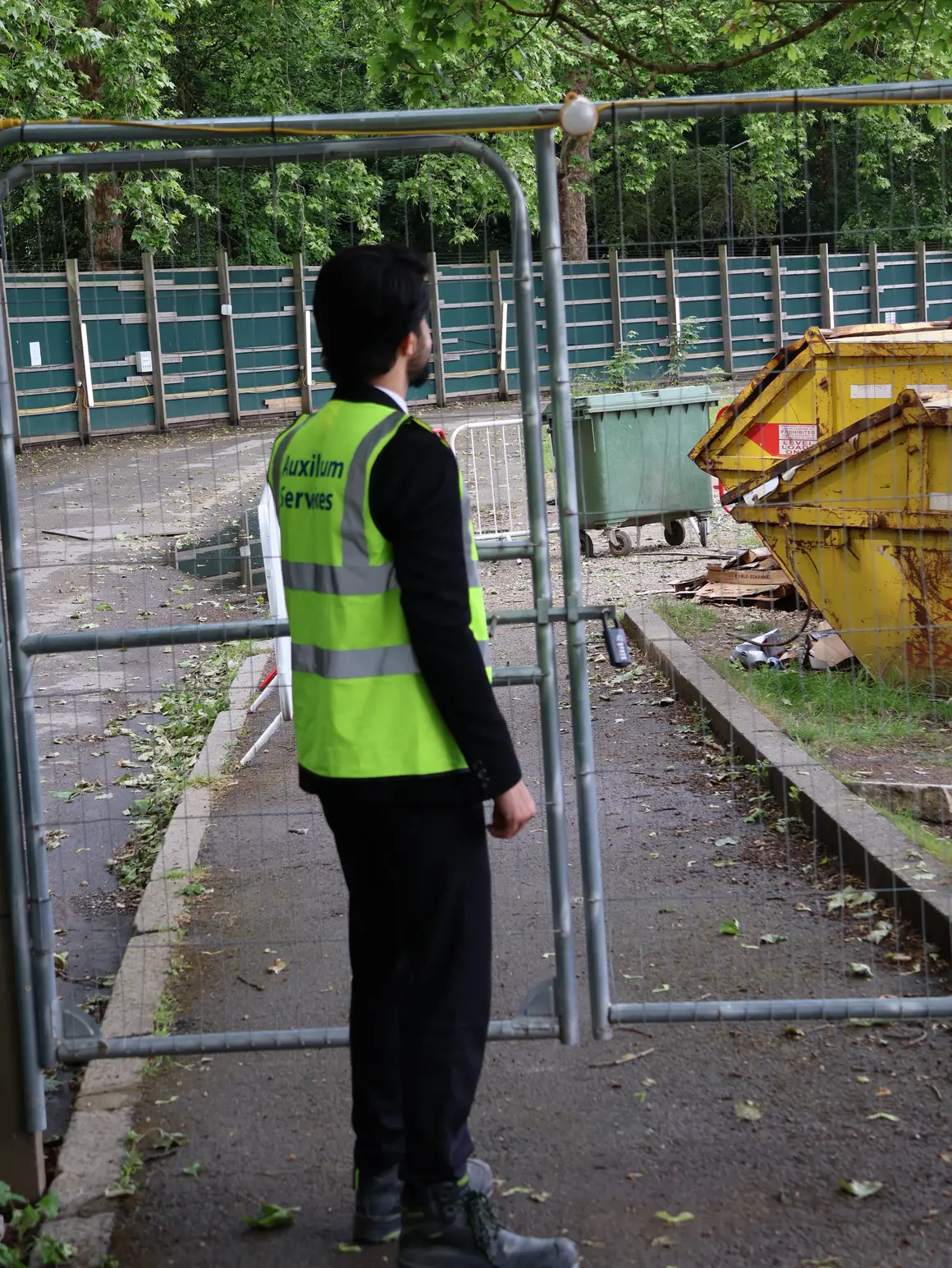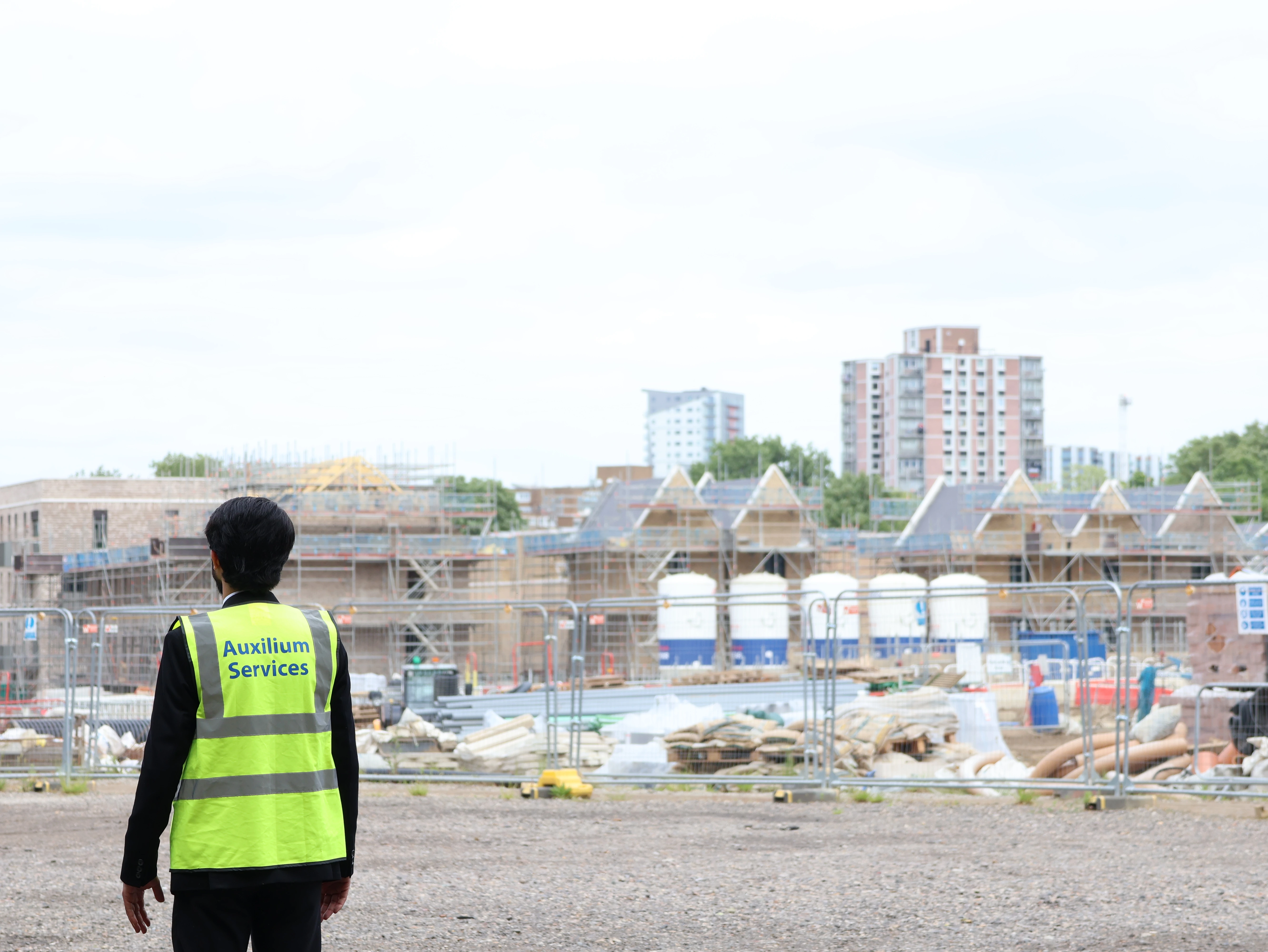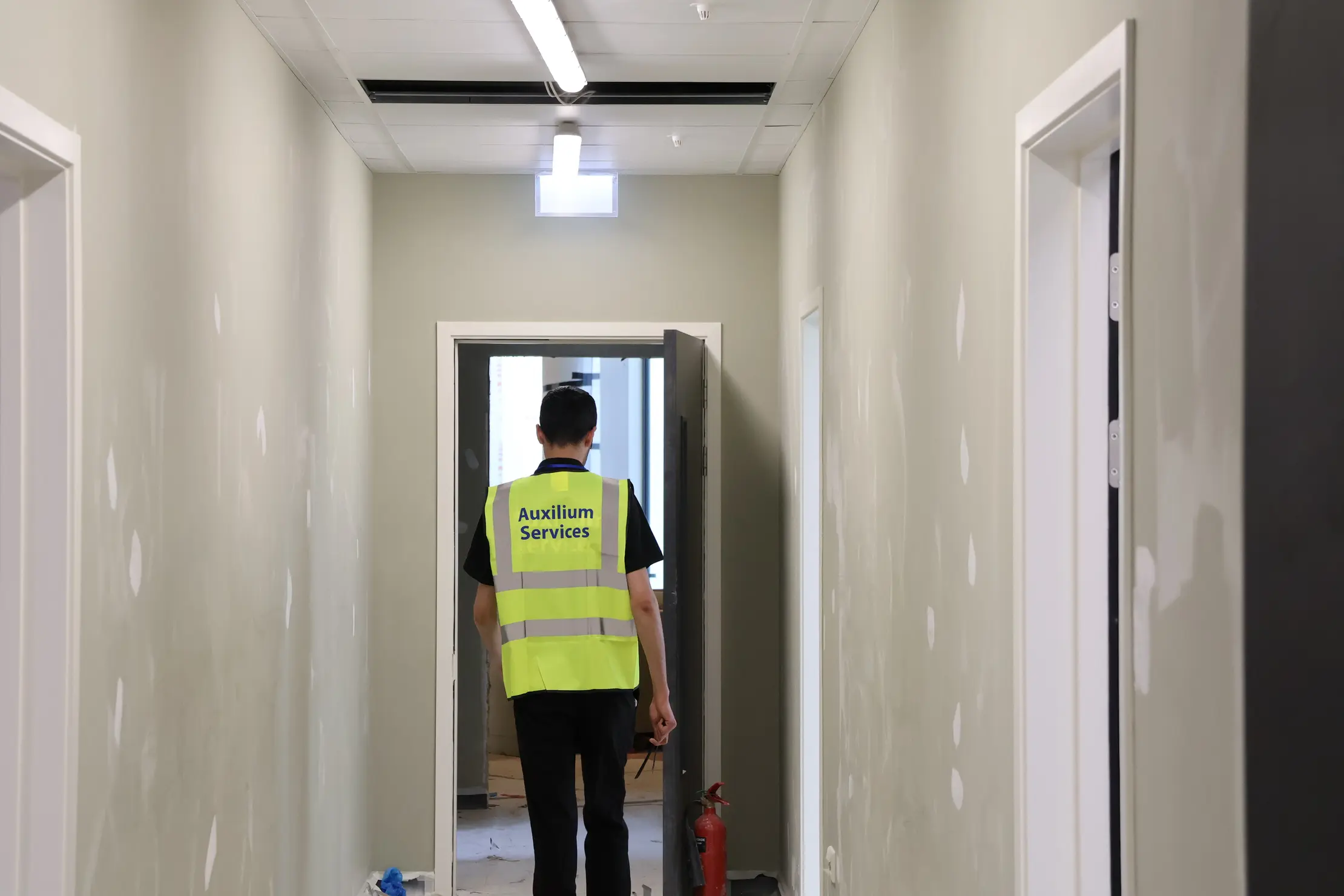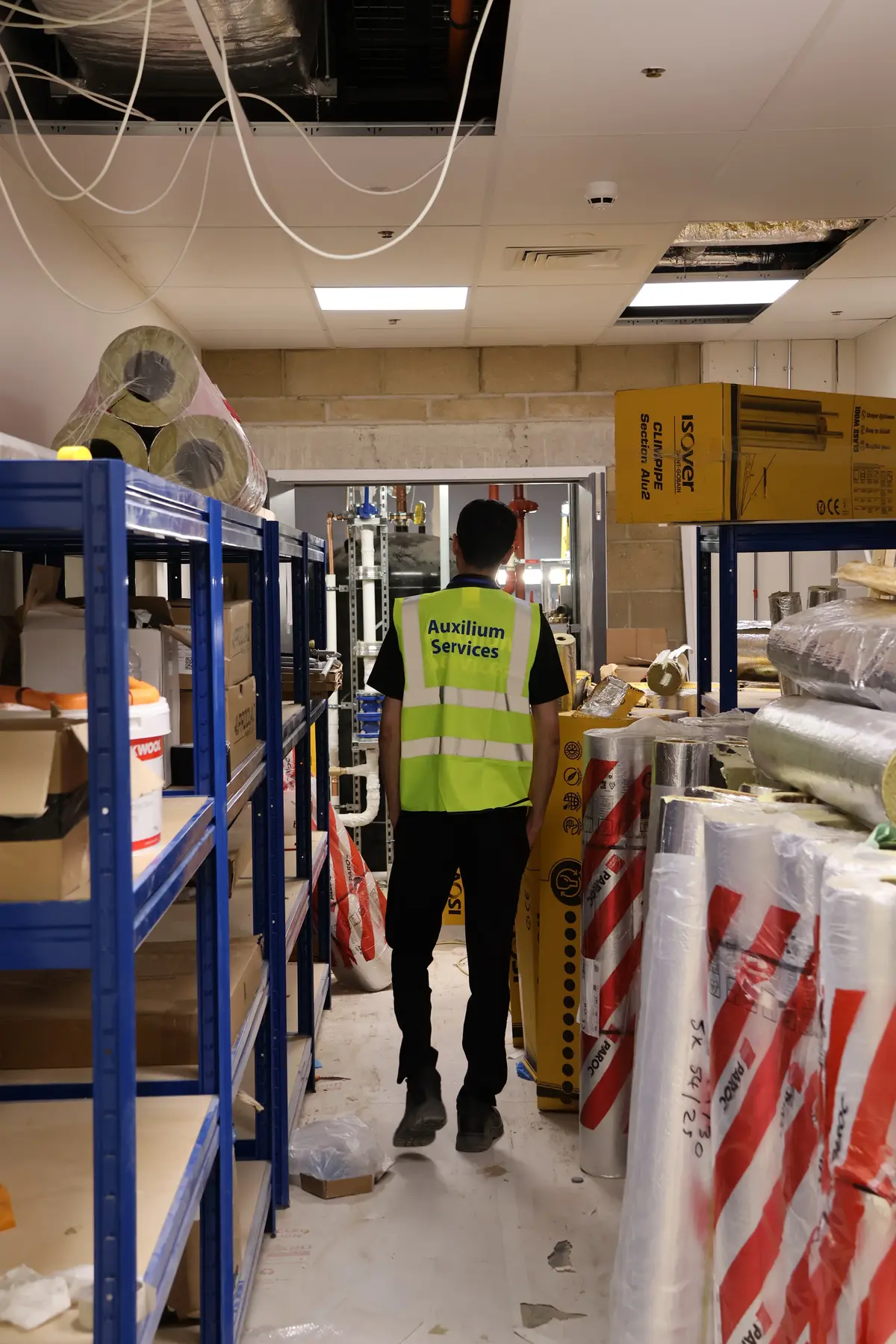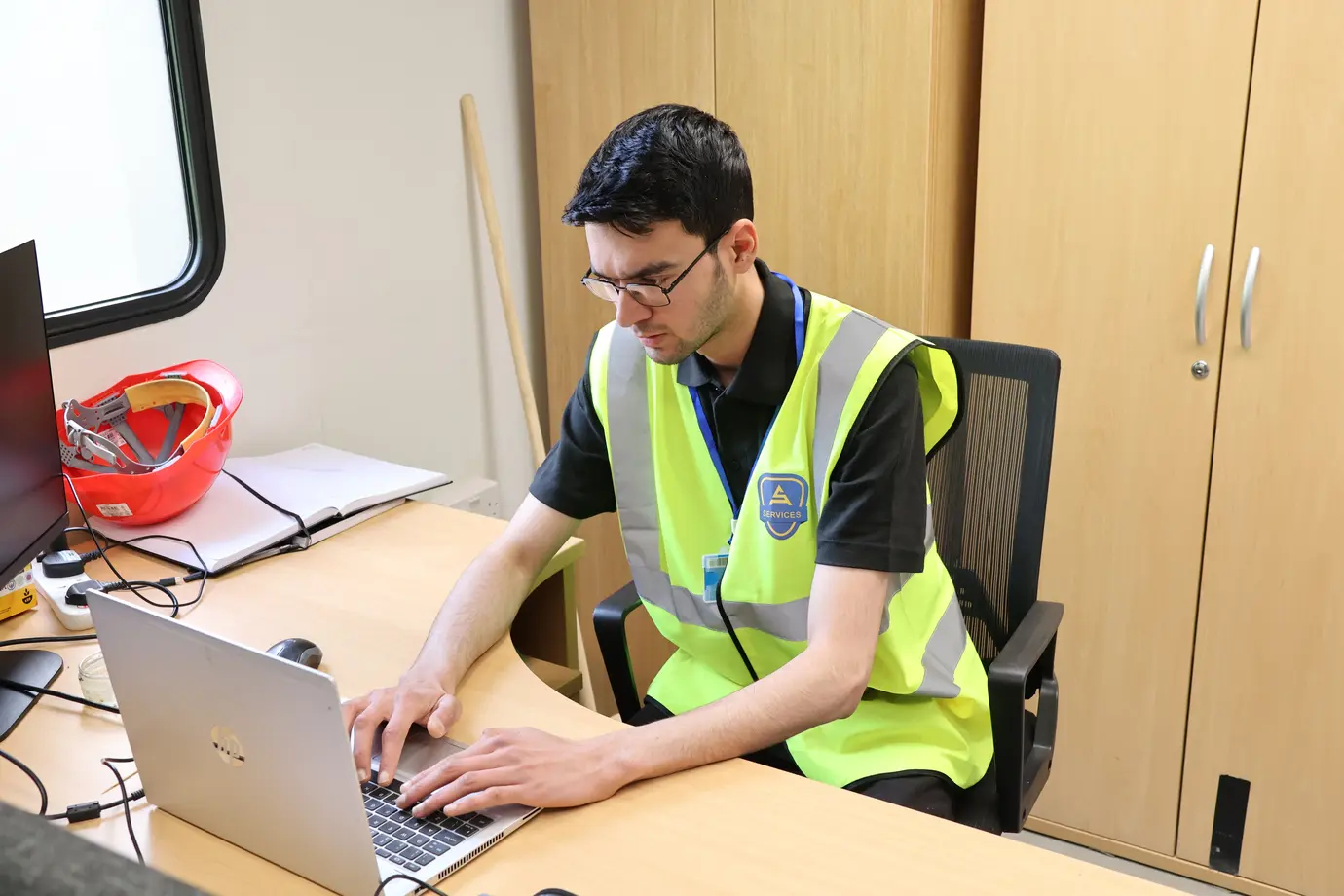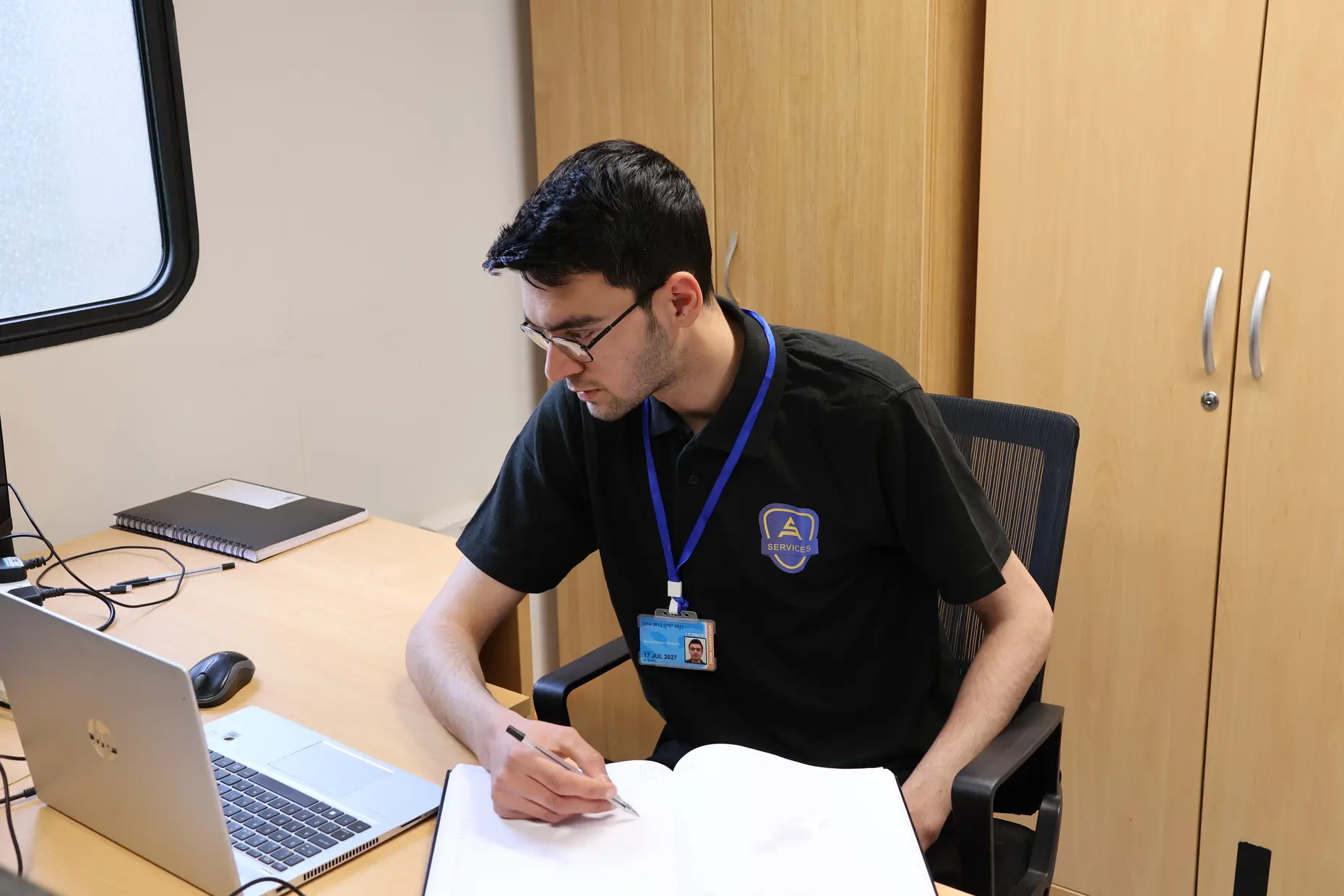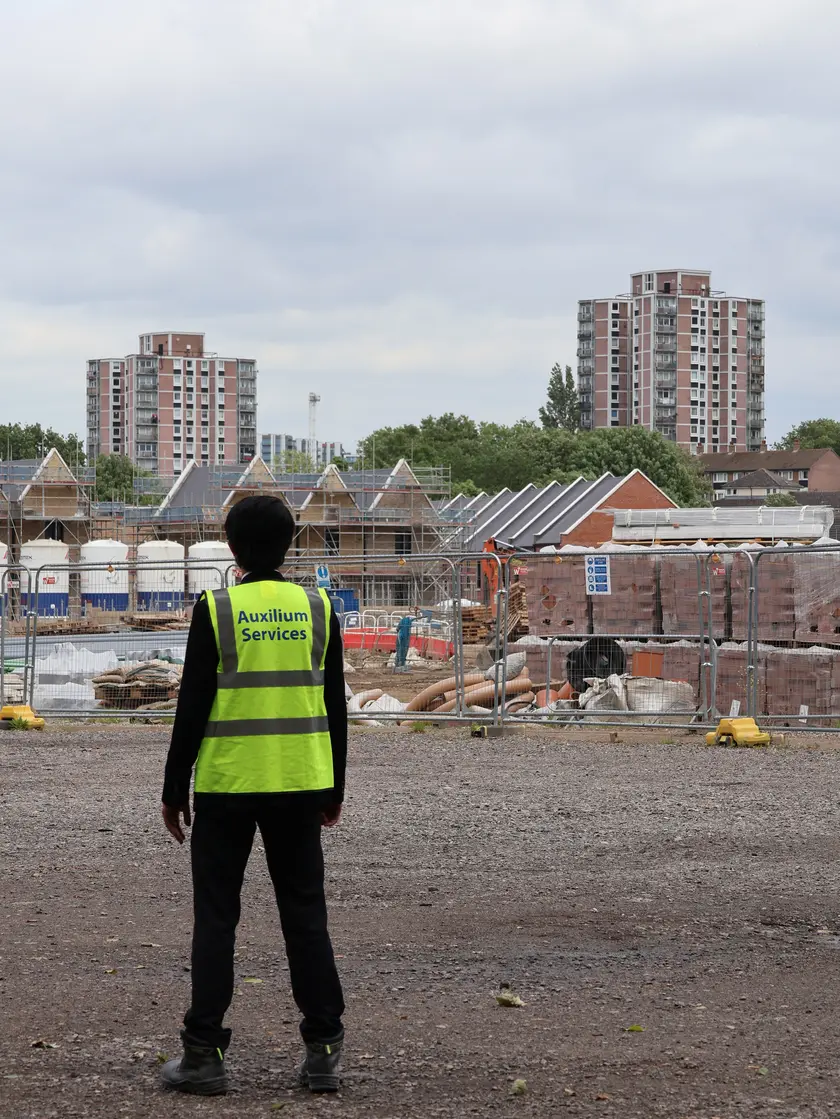Construction sites are bustling hubs of activity. They are essential for building our infrastructure and
homes. However, they also pose significant risks. Accidents and crime can disrupt operations and endanger
lives. Ensuring construction site safety is crucial for preventing these issues.
Implementing effective safety protocols can reduce the risk of accidents. Regular safety audits help
identify potential hazards and ensure compliance. Security is equally important. Construction site security
companies offer specialised services to protect against theft and vandalism. Training workers on safety
measures and equipment usage is vital. A well-informed team is a safer team.
This guide will explore strategies to maintain safety and security on construction sites. Let's dive in.
Why Construction Site Safety Matters
Construction site safety is a top priority. It protects workers and ensures project success. Accidents can
lead to severe injuries or even fatalities. A strong safety culture prevents these tragic events. It also
boosts morale and productivity. Safe workers are more motivated and efficient.
The financial impact of accidents can be huge. Medical costs, legal fees, and project delays affect the
bottom line. Preventing accidents is cost-effective. Society benefits from safe construction sites. They
lead to trust and satisfaction among clients and the public. Reputations improve when safety is prioritised.
Key reasons why safety matters include:
- Protecting workers' health and lives
- Reducing financial risks and legal liabilities
- Enhancing productivity and worker morale
- Building trust with clients and the community
Common Hazards and Security Risks on Construction Sites
Construction sites are inherently risky. Workers face physical dangers daily. Identifying common hazards is
the first step to prevention.
Falls are a leading cause of construction injuries. Working at heights without proper equipment poses great
risks. Slip and trip incidents also occur frequently.
Machinery mishaps can result from poor maintenance. Equipment malfunctions can cause serious injuries or
fatalities. Regular inspections and proper training help mitigate these risks.
Construction sites are prone to theft and vandalism. Unsecured tools and materials attract criminal
activities. Implementing security measures helps deter these threats.
Other hazards include:
- Electrical hazards and faulty wiring
- Exposure to hazardous materials
- Noise pollution causing hearing damage
Addressing these issues requires comprehensive safety protocols and vigilant management.
Building a Strong Safety Culture
A robust safety culture is fundamental for any construction site. It starts with leadership commitment and
cascades down to every worker. Emphasising safety in everyday activities sends a clear message. Leaders should
model behaviour that prioritises safety in every task.
Encourage workers to actively participate in safety initiatives. Their firsthand experience can provide
valuable insights into improving safety measures.
Key elements of a strong safety culture include:
- Top-down commitment to safety practices
- Open communication about safety concerns
- Regular safety meetings and training
- Incentives for safe practices and reporting hazards
Promoting a culture where everyone feels responsible for safety fosters a collaborative atmosphere.
With mutual respect and trust, workers are more likely to follow safety protocols and support their colleagues
in maintaining a safe work environment.
Essential Safety Protocols for Accident Prevention
Construction sites can be hazardous, but effective safety protocols can minimise risks. First, ensure that
all workers wear personal protective equipment (PPE) like helmets and gloves.
Regular safety meetings are crucial. They keep safety at the forefront of everyone's mind and allow workers to
discuss potential hazards.
Clear communication through visible signage can prevent misunderstandings. Signs should illustrate dangers and
necessary precautions in easy-to-understand visuals.
It's critical to have emergency response plans in place. These plans need regular drills so that everyone
knows their role during an emergency.
Equipment should be inspected regularly to avoid malfunctions and accidents. Routine maintenance ensures tools
operate safely and efficiently.
Essential safety protocols include:
- Mandatory PPE for all employees
- Regular safety briefings and updates
- Clear and visible safety signage
- Comprehensive emergency plans and drills
- Routine equipment inspections and maintenance
Implementing these protocols protects workers and enhances overall productivity. A safe site not only
complies with regulations but also fosters a supportive and efficient working environment.
The Role of Construction Site Safety Audits
Construction site safety audits are vital for ensuring compliance with safety standards. They help identify
potential hazards before they become problems.
Audits involve detailed inspections of the entire site. This ensures that all safety protocols are being
followed correctly.
Regular audits allow for continuous improvement. They highlight areas where enhancements can be made to
increase site safety.
During an audit, it's important to engage with workers. Their insights can reveal unseen risks and practical
solutions.
Audits provide valuable feedback, promoting a culture of safety. They show a commitment to worker wellbeing
and operational efficiency.
Key elements of safety audits include:
- Thorough inspections of all site areas
- Evaluation of compliance with safety protocols
- Engagement with site workers for feedback
- Identification of potential hazards
- Recommendations for safety improvements
A well-executed safety audit not only ensures regulatory compliance but also fosters a safer and more
productive working environment for all involved.
Training and Empowering Workers
Training workers is essential for maintaining high standards of construction site safety. Well-trained
workers are better equipped to recognise and avoid potential hazards. Empowering them to report risks builds a
proactive safety culture.
They should feel confident in reporting risks and suggesting safety improvements.
Regular training sessions ensure that safety knowledge remains current. This includes updates on new safety
protocols and equipment usage.
Workers should receive comprehensive safety training upon site entry. Continuous education helps solidify
these practices over time.
Key elements of effective worker training include:
- Initial safety orientation
- Ongoing refresher courses
- Hands-on training with equipment
- Encouragement of open communication
- Focus on risk recognition and mitigation
By training and empowering workers, sites become safer places, reducing accidents and enhancing productivity.
Leveraging Technology for Safety and Security
Technology plays a pivotal role in modernising construction site safety. Advanced tools can identify and
mitigate risks before they escalate.
Drones provide aerial surveillance, offering a comprehensive site overview.
This helps in spotting hazards that might be missed from ground level.
Wearable tech, such as smart helmets, monitors vital signs and alerts managers to potential health issues.
This proactive approach ensures swift intervention.
Adopting technology enhances both security and safety. Real-time monitoring systems can deter theft and prompt
immediate action.
Some key technologies include:
- Drones for site monitoring
- Wearable devices for worker health
- AI systems for risk assessment
- Real-time surveillance cameras
- Digital reporting tools for audits
Innovative technologies empower safety officers to maintain high standards, reducing accidents and preventing
crime effectively.
Construction Site Security: Preventing Theft and Crime
Securing construction sites is essential to prevent theft and vandalism. A proactive security strategy is key
to protecting valuable assets.
Surveillance systems play a crucial role. markdown Cameras can monitor activity 24/7, deterring criminal
behaviour.
Fencing and access control limit entry to authorised personnel only. This reduces opportunities for theft.
On-site guards offer a physical security presence. They can respond immediately to suspicious activities.
Secure storage for tools and materials is vital. Lockable containers reduce the risk of theft dramatically.
Key measures include:
- Installing surveillance cameras
- Implementing access control systems
- Utilising on-site security personnel
- Securing high-value assets in lockable storage
- Maintaining regular security patrols
Balancing technology with human oversight provides optimal security. This combination helps maintain a safe
working environment, safeguarding both workers and materials.
Working with Construction Site Security Companies
Partnering with construction site security companies offers specialised expertise.
They provide customised solutions for unique security challenges on construction sites.
These companies offer a wide range of services. They can assess site vulnerabilities and recommend suitable
measures.
Benefits of hiring security companies include:
- Expert risk assessments
- Access to trained security personnel
- Advanced security technology solutions
Moreover, these companies can handle security logistics. They coordinate security protocols, ensuring
comprehensive protection. Professional security services allow construction managers to focus on site
operations, knowing security is in expert hands. This partnership is crucial for minimising risks and
enhancing overall site safety.
Emergency Preparedness and Response
Emergency preparedness is crucial for construction site safety. It's about having a plan, not just reacting
when things go wrong.
Every site should have clear emergency procedures.
These plans need regular review and practice to ensure all workers know their roles.
Key components of an effective emergency plan include:
- Designated assembly points
- Evacuation routes
- Regular emergency drills
It's also important to have well-stocked first aid kits and trained responders on site. Frequent drills can
improve reaction times, potentially saving lives during real emergencies. By prioritising preparedness,
construction sites can significantly enhance their safety and response capabilities.
Continuous Improvement: Reviewing and Updating Safety Measures
A commitment to continuous improvement is vital for construction site safety. Regularly reviewing and
updating safety measures can prevent accidents.
Conduct frequent assessments to identify new risks. It's important to involve workers in this process, as they
often have valuable insights.
Consider these actions for continuous improvement:
- Update safety protocols regularly
- Analyse incident reports for patterns
- Solicit worker feedback on safety measures
By staying proactive and adapting to new challenges, construction sites can maintain a safer work
environment. This ongoing effort ensures that safety practices remain effective and relevant.
Conclusion: Making Safety and Security a Priority
Ensuring construction site safety is a shared responsibility that requires dedication from everyone
involved. Prioritising safety and security not only protects workers but also enhances project outcomes.
By integrating effective protocols and fostering a proactive safety culture, construction sites can
significantly reduce accidents and crime. A committed approach to safety and security benefits everyone
involved in the construction process.


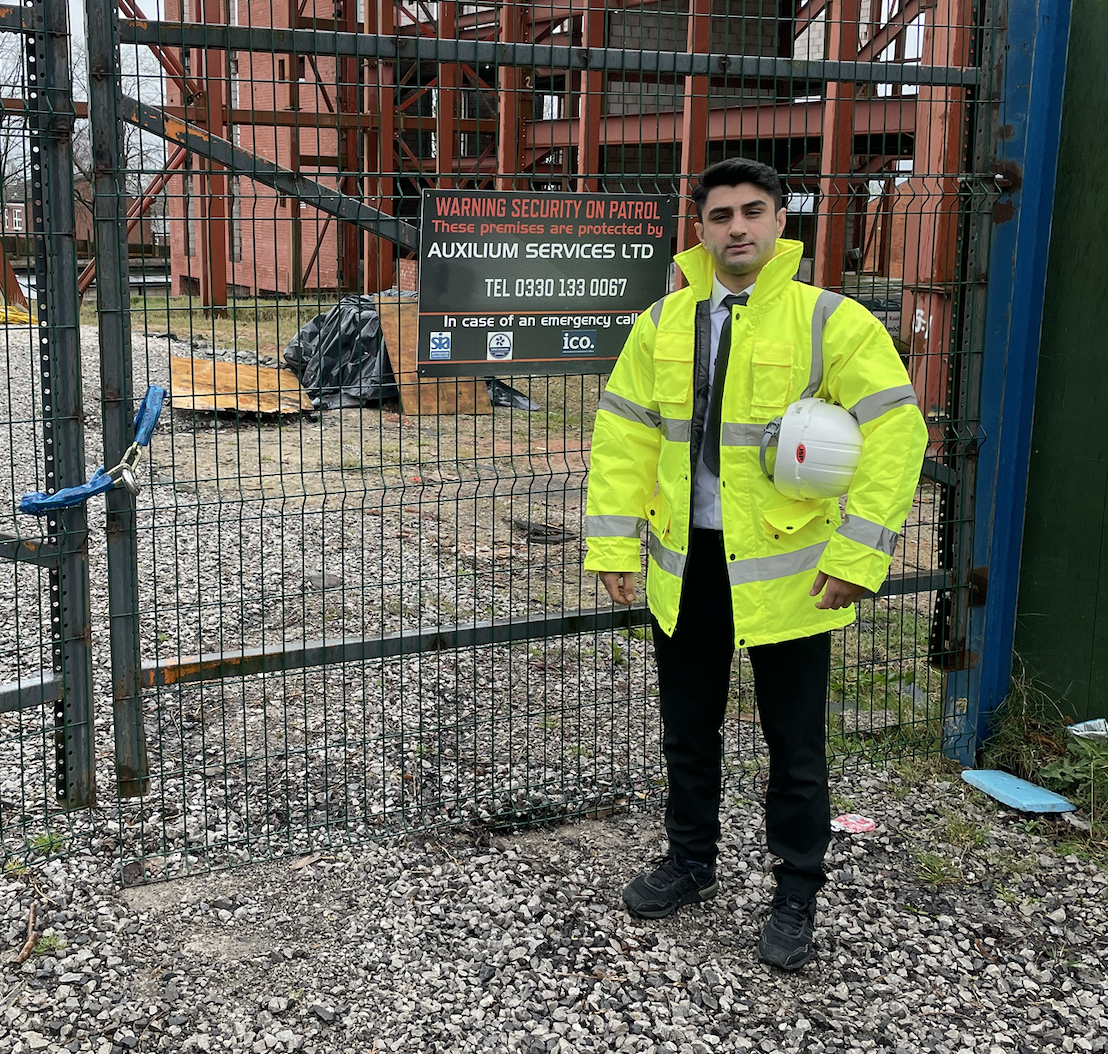
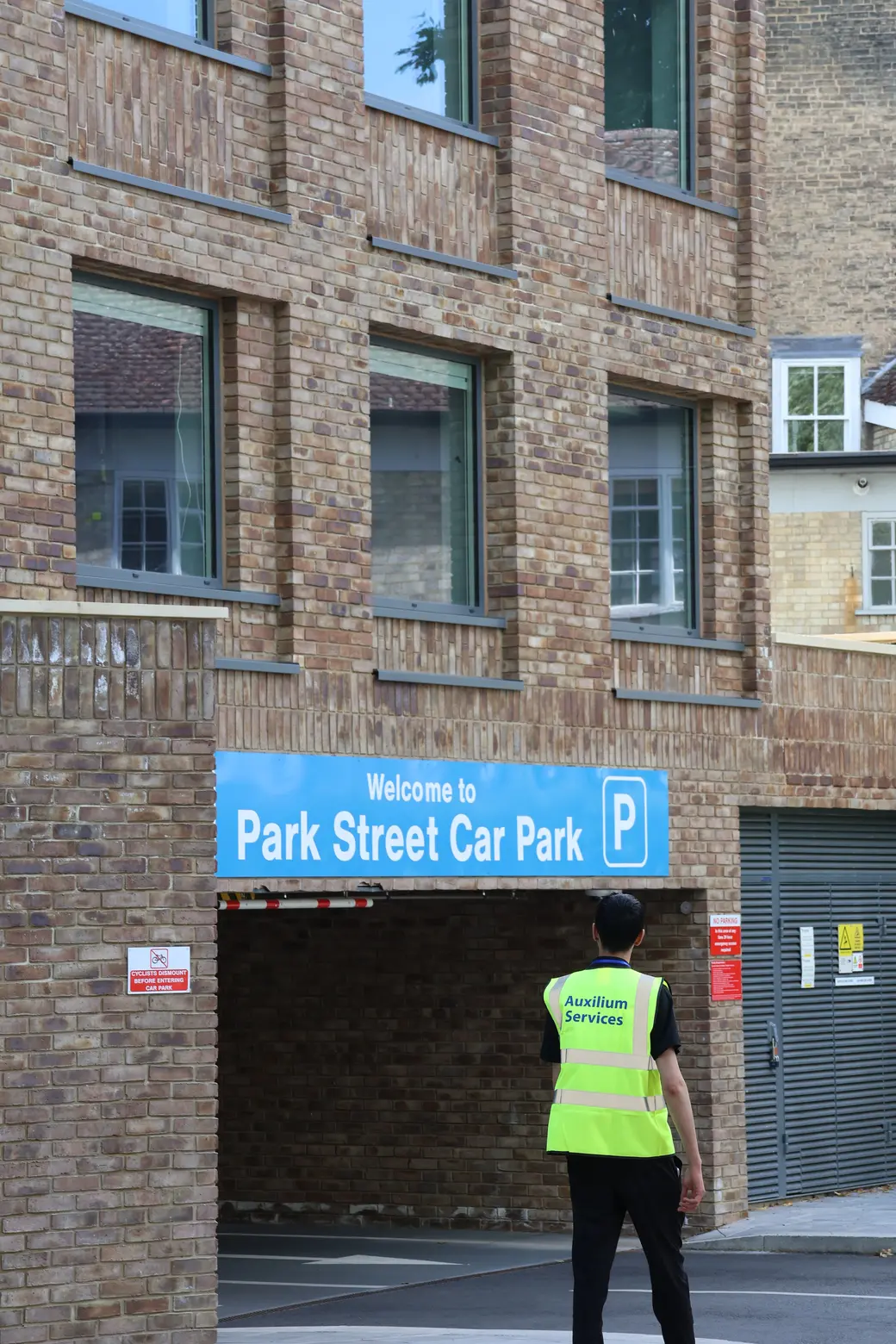
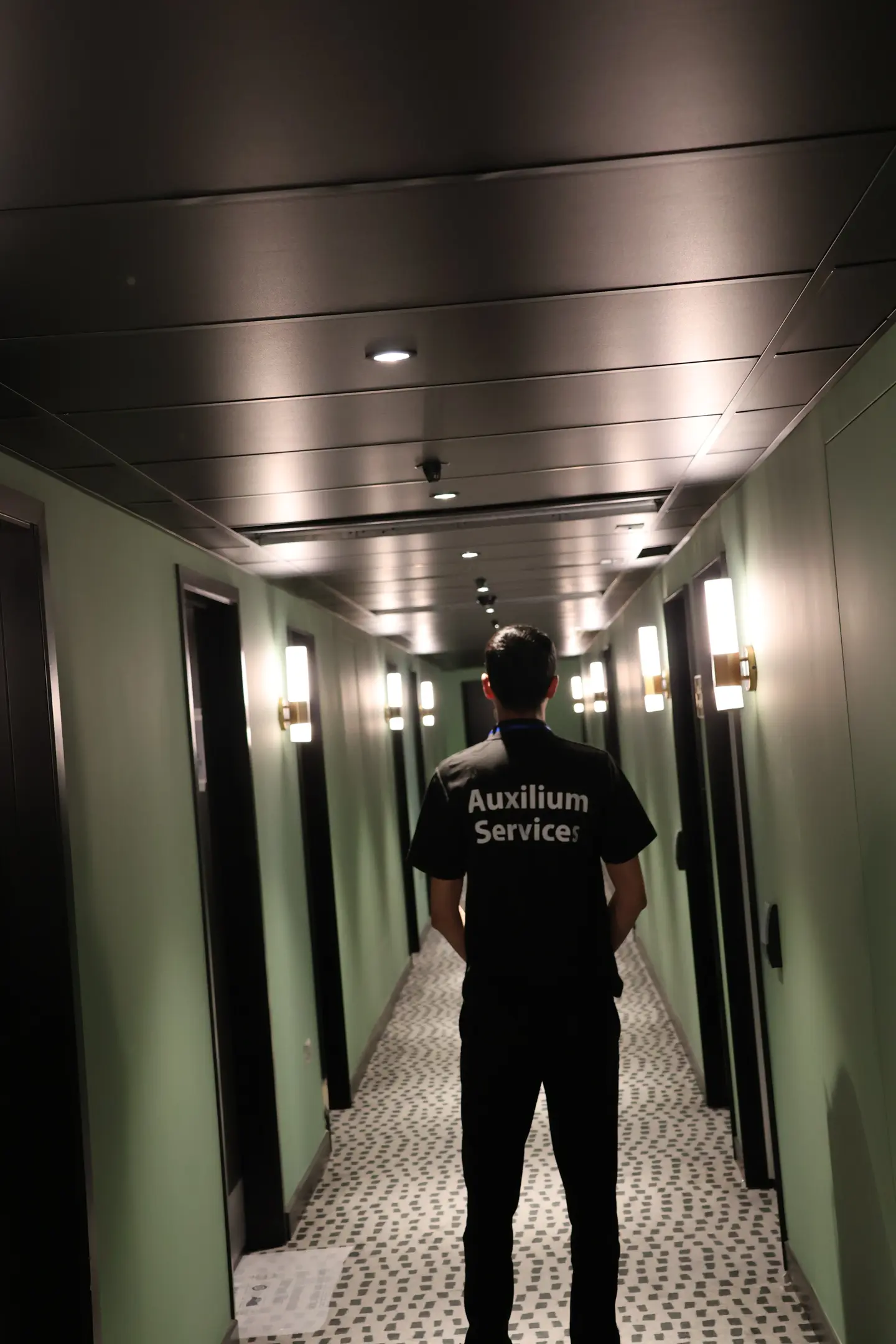
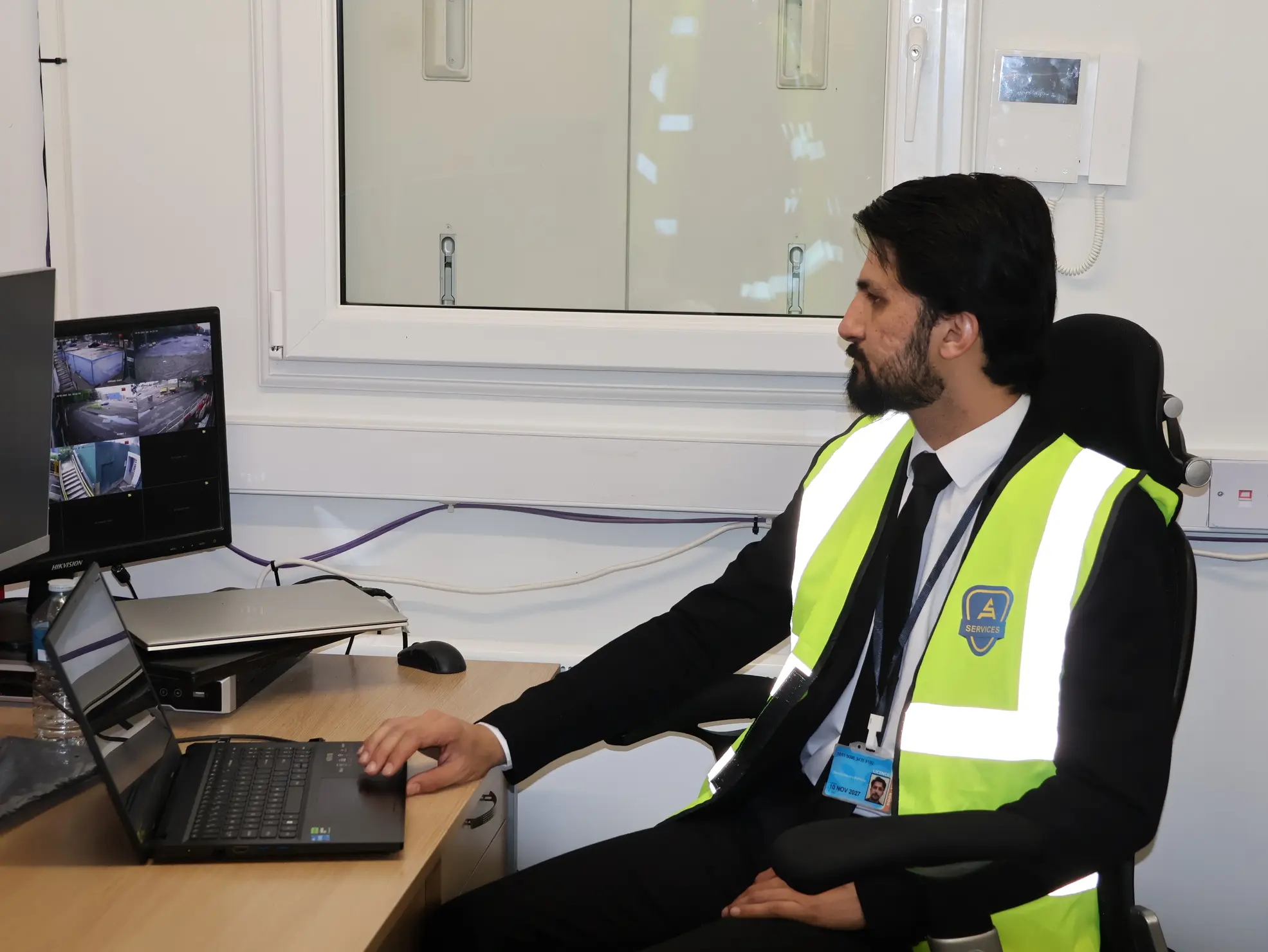
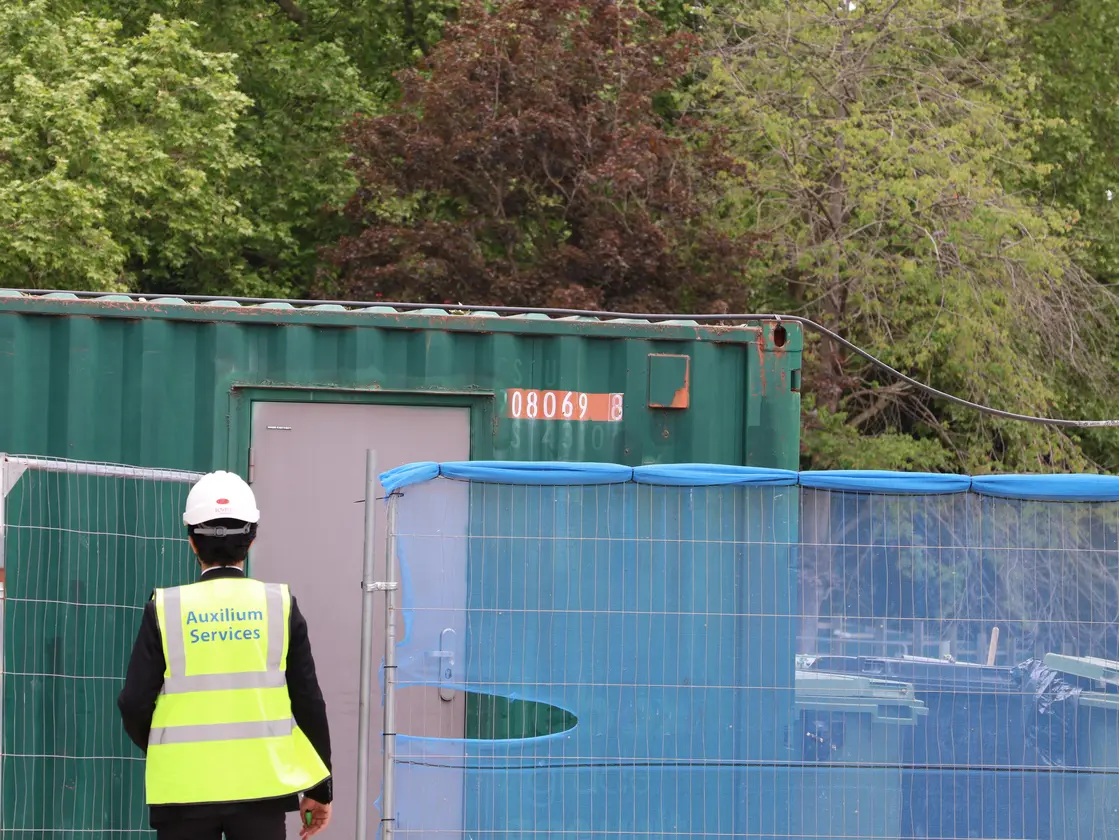

.webp)
